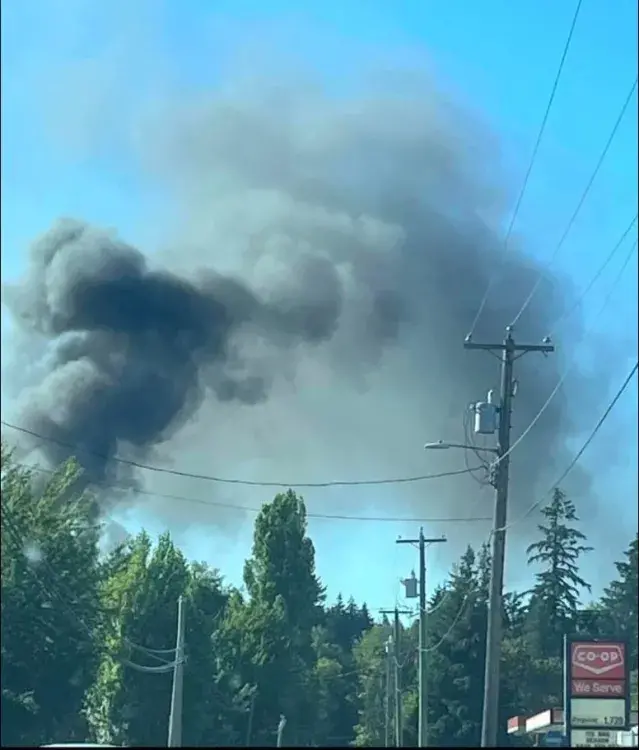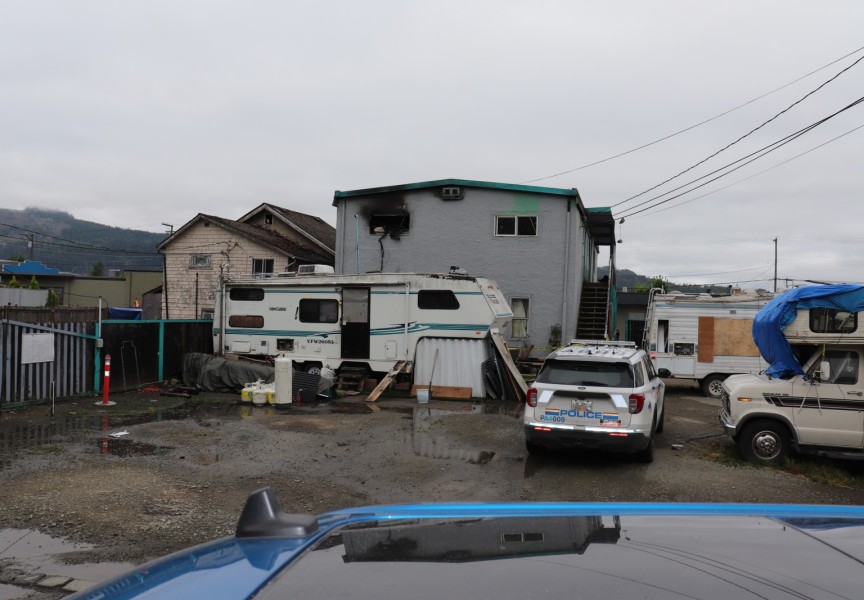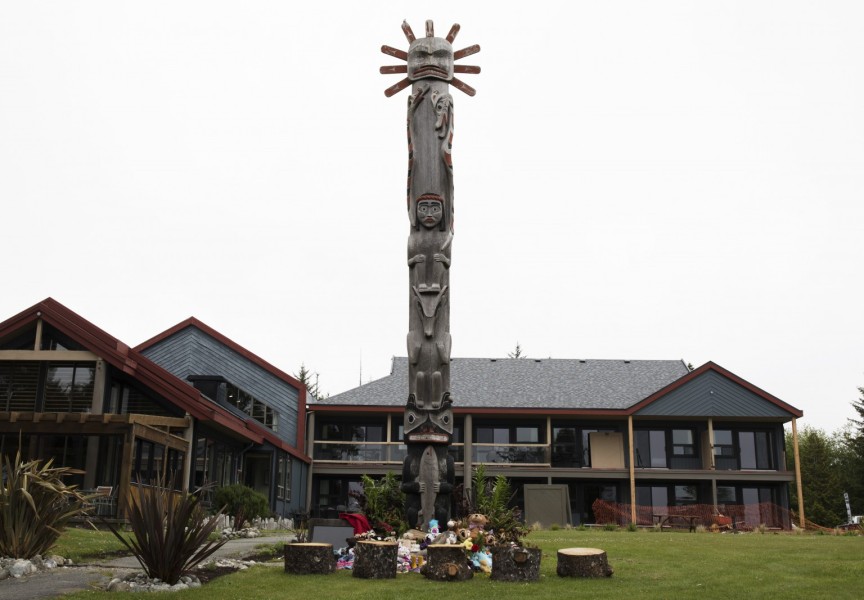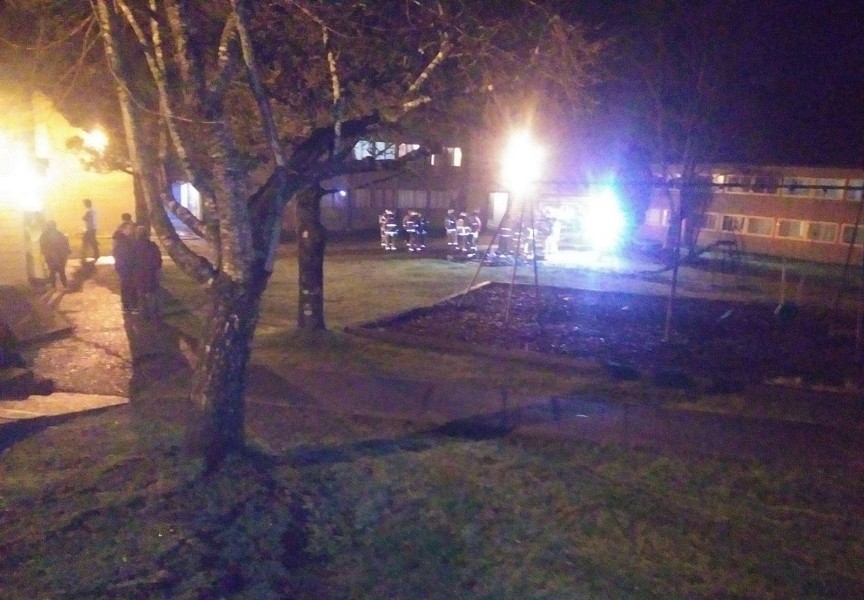On July 6, a fire broke out near the Hupacasath reserve, prompting more preventive measures to protect First Nations from future fires.
“[The fire] was a big scare considering how close it was to the reserve,” said Jonathan Porter, housing manager of the Hupacasath First Nation. “The fire department showed up in a timely manner and worked out the best it could for an unfortunate situation.”
Port Alberni Fire Chief Mike Owens reported that the fire broke out in the 5200 block of Josephine Street, by Meadow Drive, approximately 1.1 kilometres from the Hupacasath reserve. At 5:14 p.m. on July 6 multiple 911 calls reported a structure fire. Both on-duty and off-duty personnel, along with volunteer fire fighters from Cherry Creek, Beaver Creek and Spout Lake, were dispatched to the scene.
Upon arrival, a significant amount of smoke and fire originated from a two-story house. The building was engulfed in flames, spreading to nearby trees and RVs on the property.
“It could have been worse if they weren’t there as quick as they were,” said Porter. “We’re fortunate to be talking and working with the City of Port Alberni Fire Department.”
The crew worked diligently to suppress the fire and prevent further spread, clearing the site just before 10 p.m. Crew members later returned to the property to check for any potential hazard that could cause another fire.
The RCMP has yet to release the results of the investigations to determine the reasons for the fire.
“We are starting to incorporate Fire Smart that’s going around B.C.,” Porter said.
The FireSmart program is designed to reduce wildfire risks in communities across British Columbia. The First Nations’ Emergency Service Society of B.C. (FNESS) is collaborating with Fire Smart to increase resilience in First Nations communities by promoting awareness, education, and safety measures to minimize potential fire hazards.
“We haven’t taken all the preventive measures yet, but we have something we’re working towards,” added Porter.
Porter commented about the ongoing meetings with Fire Smart Coordinator Randy Thoen to establish the necessary safety measures to prevent the spread of wildfires in housing areas. Additionally, Thoen has planned to organize a meeting for the Hupacasath community to spread fire safety awareness.
“We’re trying to clear out as many extra bushes or greenery that can potentially catch fire and piggyback on the fire to another building,” commented Porter.
Preventative measures are also underway on the nearby Tseshaht First Nation reserve.
“We’ve been working with the ACRD (Alberni-Cloyoquat Regional District)...over time assessing, starting with the social house units, like house rentals [to] align the Fire Smart principles,” said Jeremy Bowers, Housing Manager for the Tseshaht community.
Bowers commented that one of the Fire Smart principles is to address the Home Ignition Zone (HIZ), the area within 30 metres of a structure that is divided into three priority areas. The HIZ shows how to minimize a home’s vulnerability to a wildfire by addressing the threat in each zone. For Port Alberni, rental houses do not have much storage space, using yards as the only alternative, which can dry up and potentially become fire hazards.
Other assessments for rental housing include ensuring functioning smoke detectors and fire extinguishers are available in kitchen areas, fixing reported repairs, and clearing dryer vents—anything related to fire disaster prevention.
“It’s all a work in progress, definitely not perfect at it, but that fire made us aware of [fire safety],” said Bowers.
The First Nation Fire Protection Strategy (2023–2028) works at a national level in Canada to enhance protection and prevention services across Indigenous communities. The strategy involves collaboration between federal and provincial governments, fire prevention education, helping local communities to implement fire protection measures and fire prevention education, accounting for climate change and upgrading important infrastructure like water supplies and telecommunication.






